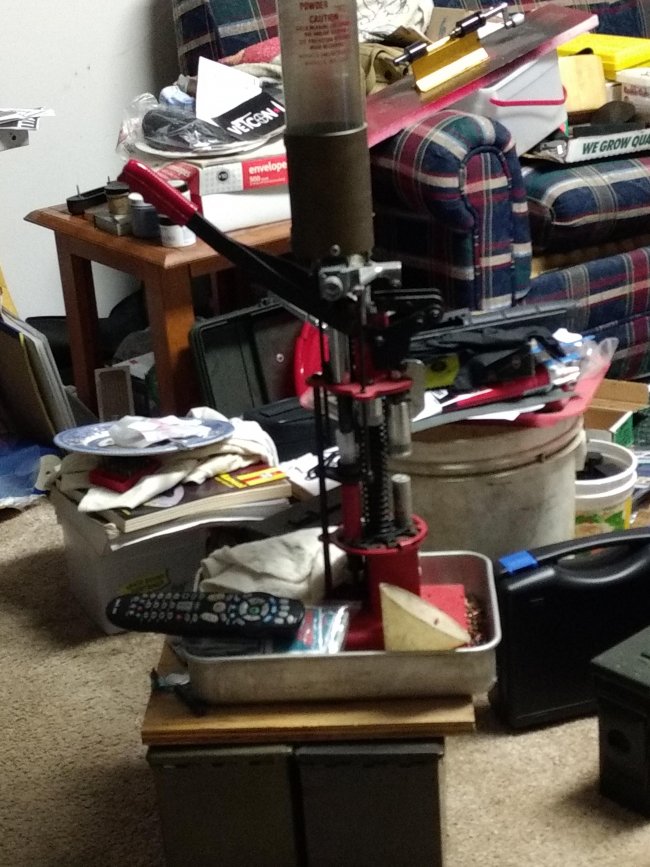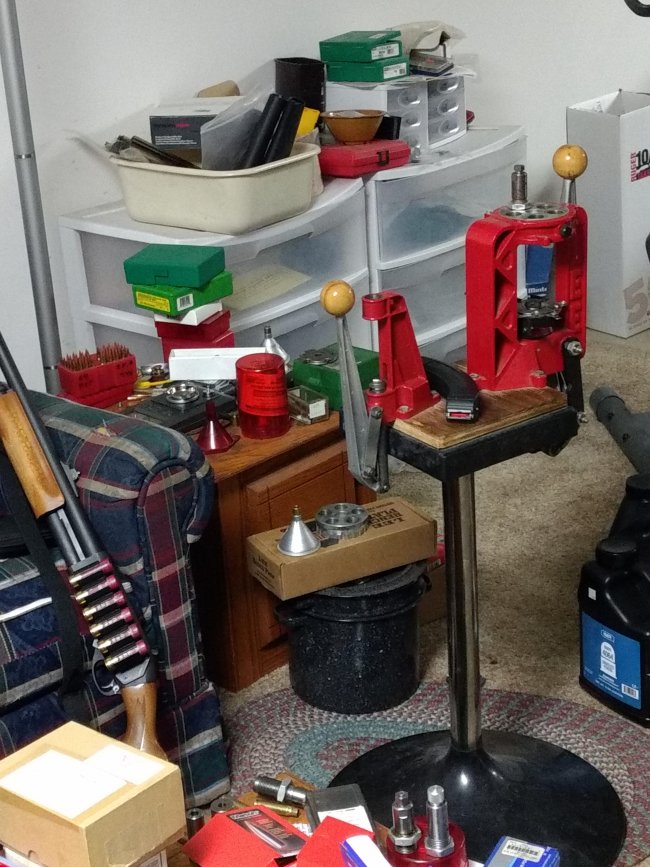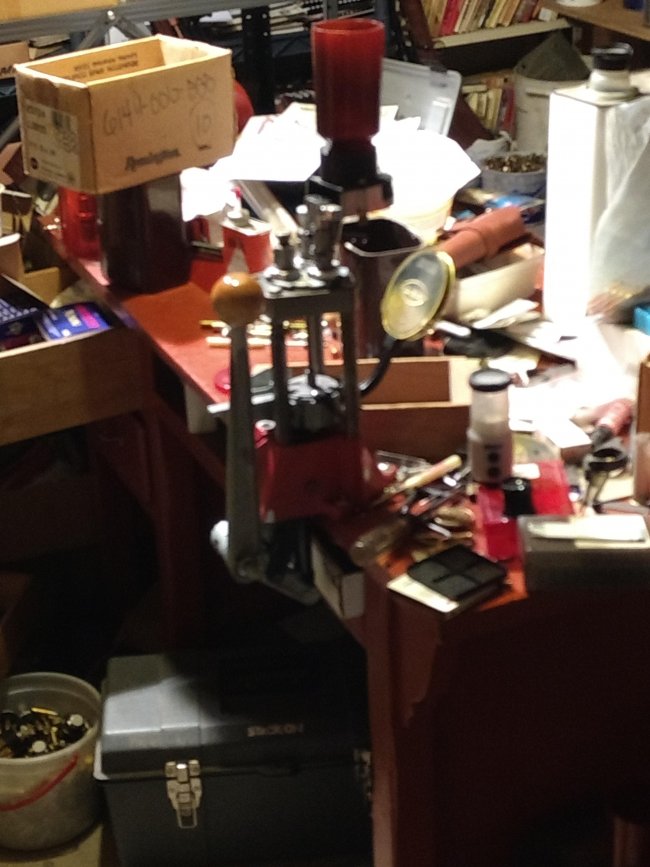I've only got around 4' of wall space for this one. I'll be mounting an RCBS Rockchucker to an Inline Fabrication Unimount toward the right side of whatever I end up with. I don't think anything else will be permanently mounted to the surface. Here is what I've sketched out so far, definitely not settled on this unimpressive design.
















